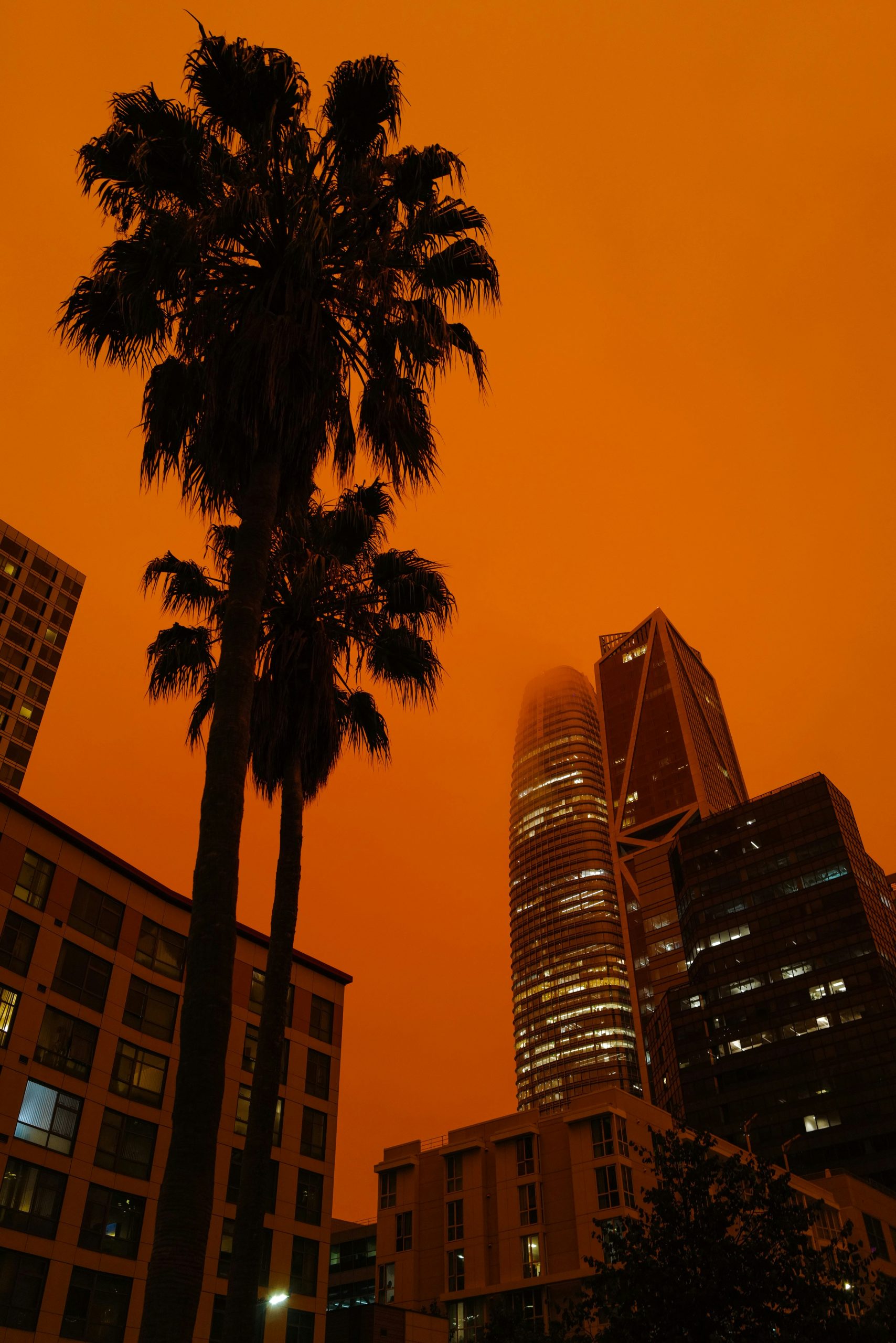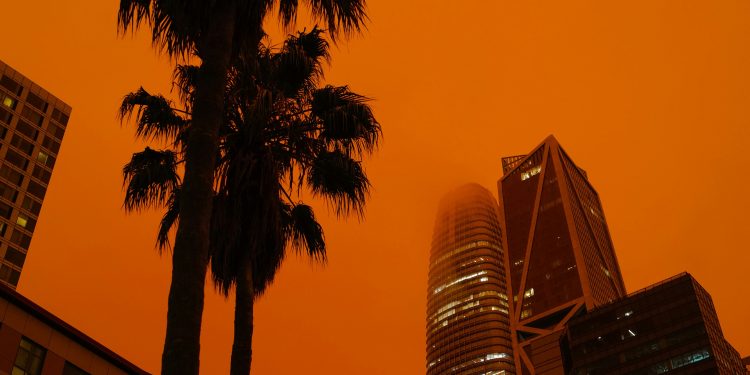A 35-year-old volunteer firefighter has died from severe burns while fighting wildfires near Nogarejas in Spain’s central Castile and Leon region, marking the second fire-related fatality this week.
The tragedy occurred as at least six major blazes remained uncontrolled across the country, fueled by scorching temperatures and strong winds from an ongoing heatwave. Regional officials confirmed the firefighter was creating firebreaks when trapped by flames that continue to rage across two active fronts, forcing over 5,000 evacuations in the area.

Spain’s state weather agency AEMET warned Wednesday marked the peak of wildfire danger, with nearly 100,000 hectares (245,000 acres) already burned this year—a figure rapidly climbing as the 10-day heatwave persists until Monday. Prime Minister Pedro Sánchez urged extreme caution on social media, while Environment Minister Sara Aagesen revealed investigators suspect arson in multiple blazes due to their unusual intensity. The crisis follows Monday’s deadly fire near Madrid that killed a stable worker and destroyed homes before containment.
Galicia’s “Complicated” Inferno: 10,000 Hectares Ablaze in Northwest
In northwestern Spain, Galicia regional leader Alfonso Rueda described an increasingly dire situation as six separate fires consume 10,000 hectares in Ourense province alone. Firefighting teams across the nation are battling not just flames but adverse weather conditions, with forecasted thunderstorms threatening to produce more lightning strikes while doing little to alleviate drought-parched landscapes. The combination of 40°C+ temperatures and shifting winds has created what AEMET calls “explosive fire growth conditions” across multiple regions.
This summer’s catastrophic fires continue a worsening trend linked to climate change, with Spain’s fire season now lasting 20 days longer than in the 1980s according to EU climate monitors. The current heatwave—Spain’s third this summer—has broken temperature records in 12 provinces, creating tinderbox conditions from the Portuguese border to Mediterranean coasts. Fire ecologists note the 99,000 hectares burned thus far in 2024 already exceeds 70% of last year’s total damage, putting the country on track for its worst fire season in a decade.
The deceased firefighter becomes the latest casualty in what Spain’s emergency services call their most dangerous deployment since 2012’s infamous Huelva wildfires. Memorials are planned in Nogarejas as crews continue working 24-hour rotations to protect vulnerable villages.
The EU Civil Protection Mechanism has deployed four water-dropping aircraft from France and Portugal, while Germany has sent 50 fire specialists to assist overwhelmed local teams. With containment efforts expected to continue through the weekend, authorities warn the death toll could rise as new hot spots emerge.

















